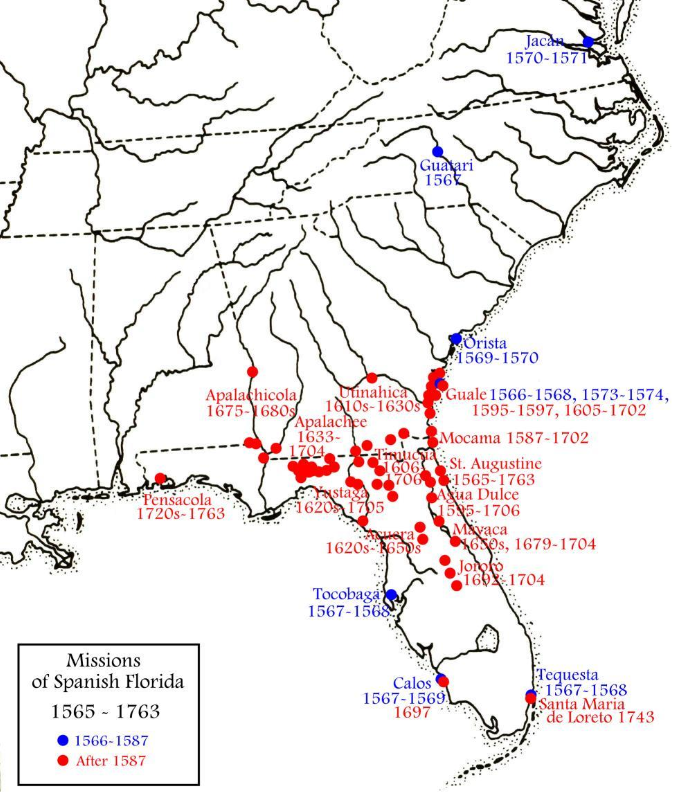با برنامه Player FM !
Spanish Florida and the “Republic of Indians”
Manage episode 438644283 series 2904822
While the English were consolidating their territory on most of the eastern seaboard of North America in the 1600s, Spanish Florida plugged along with its sole city at St. Augustine, with little European population growth. That simple fact obscures remarkable changes in the civil society of the future Sunshine State. From the 1570s, after the Jesuits had given up, until the 1720s, a small band of Franciscan friars, at no time numbering more than around fifty, built a network of wood and thatched missions throughout the region. They converted tens of thousands of Florida Indians to Catholicism, many practicing with such diligence that a visiting Frenchman wrote that the Apalachee were “scarcely distinguishable [in their practices] from Europeans who had been Christians for centuries.”
The relationship between the Franciscans in Florida and the indigenous peoples was not only different than anywhere in English or Dutch North America, it was different from everywhere else in the Spanish New World, including New Mexico at the same time, and California and Texas in the following century. As a result, the relationship between the Spanish and the Indians of Florida was symbiotic, one of shared religion, trade, and mutual support rather than conquest.
Unfortunately, it would all fall apart when the English Carolinians marched south looking for people to enslave.
Map of Spanish Missions in Florida 1560s – 1720s:

X/Twitter: @TheHistoryOfTh2
Facebook: The History of the Americans Podcast
Selected references for this episode (Commission earned for Amazon purchases through the website)
Michael Gannon (ed), The History of Florida
172 قسمت
Manage episode 438644283 series 2904822
While the English were consolidating their territory on most of the eastern seaboard of North America in the 1600s, Spanish Florida plugged along with its sole city at St. Augustine, with little European population growth. That simple fact obscures remarkable changes in the civil society of the future Sunshine State. From the 1570s, after the Jesuits had given up, until the 1720s, a small band of Franciscan friars, at no time numbering more than around fifty, built a network of wood and thatched missions throughout the region. They converted tens of thousands of Florida Indians to Catholicism, many practicing with such diligence that a visiting Frenchman wrote that the Apalachee were “scarcely distinguishable [in their practices] from Europeans who had been Christians for centuries.”
The relationship between the Franciscans in Florida and the indigenous peoples was not only different than anywhere in English or Dutch North America, it was different from everywhere else in the Spanish New World, including New Mexico at the same time, and California and Texas in the following century. As a result, the relationship between the Spanish and the Indians of Florida was symbiotic, one of shared religion, trade, and mutual support rather than conquest.
Unfortunately, it would all fall apart when the English Carolinians marched south looking for people to enslave.
Map of Spanish Missions in Florida 1560s – 1720s:

X/Twitter: @TheHistoryOfTh2
Facebook: The History of the Americans Podcast
Selected references for this episode (Commission earned for Amazon purchases through the website)
Michael Gannon (ed), The History of Florida
172 قسمت
כל הפרקים
×به Player FM خوش آمدید!
Player FM در سراسر وب را برای یافتن پادکست های با کیفیت اسکن می کند تا همین الان لذت ببرید. این بهترین برنامه ی پادکست است که در اندروید، آیفون و وب کار می کند. ثبت نام کنید تا اشتراک های شما در بین دستگاه های مختلف همگام سازی شود.




